
5 Essential Tips for Choosing the Best Outdoor Light Bulbs
Share
When it comes to outdoor lighting, choosing the right light bulbs can make all the difference in both functionality and aesthetics. Whether you're looking to enhance security, create ambiance, or simply light up your yard, choosing the best outdoor light bulbs is crucial. In this guide, we’ll walk you through 5 essential tips to help you make the best choice for your needs.
Table of Contents
- Understand the Different Types of Outdoor Light Bulbs
- Consider Brightness and Wattage Requirements
- Choose the Right Bulb for Weather Resistance
- Evaluate Energy Efficiency and Cost-Effectiveness
- Decide on the Ideal Color Temperature for Outdoor Lighting
1. Understand the Different Types of Outdoor Light Bulbs
Shatterproof G40 Outdoor String Lights, 110V Led String Light Waterproof Connectable
Outdoor light bulbs come in several types, each with unique features that make them suitable for different purposes. Understanding these types can help you pick the best one for your outdoor area.
- LED Bulbs: The most energy-efficient and long-lasting type. They last up to 25,000-50,000 hours and consume less energy compared to other bulbs. Ideal for security lighting and accent lighting.
- Incandescent Bulbs: Traditional and less energy-efficient, incandescent bulbs have a shorter lifespan (around 1,000 hours) but provide warm, inviting light, making them a good choice for decorative lighting.
- CFL Bulbs (Compact Fluorescent Lamps): Energy-efficient and affordable, CFL bulbs last around 10,000 hours, but they don't work well in cold weather and take time to warm up.
- Halogen Bulbs: A type of incandescent, halogen bulbs are more efficient, with a lifespan of around 2,000 hours, and provide bright, white light, making them a good option for outdoor spaces requiring strong lighting.
Tip: For durability, energy efficiency, and long-term cost savings, LED bulbs are usually the best choice for outdoor lighting.
2. Consider Brightness and Wattage Requirements
When selecting outdoor light bulbs, it’s important to consider both brightness and wattage. Brightness is typically measured in lumens, while wattage indicates the amount of energy the bulb consumes. Here's how you can choose the right bulb based on your lighting needs:
- Ambient Lighting: For general outdoor ambiance, such as patio or garden lighting, bulbs with 450-800 lumens will provide a soft, inviting glow.
- Security Lighting: For illuminating driveways, entryways, or areas requiring higher visibility, go for bulbs with 1,000-1,800 lumens. The brightness should be enough to light up dark spaces without being too harsh.
- Accent Lighting: If you want to highlight a particular feature like a tree or architectural element, 100-300 lumens should suffice.
Here’s a quick comparison of common brightness needs:
| Outdoor Area | Recommended Brightness | Bulb Wattage | Ideal Bulb Type |
|---|---|---|---|
| Patios, gardens | 450-800 lumens | 6-12 watts | LED, Incandescent |
| Driveways, entryways | 1,000-1,800 lumens | 12-20 watts | LED, Halogen |
| Pathways, accent lights | 100-300 lumens | 2-6 watts | LED, CFL |
The key takeaway here is that higher lumens are required for areas that need bright, functional lighting (like security or pathways), while lower lumens are fine for decorative or ambient lighting.
Further Reading:
3. Choose the Right Bulb for Weather Resistance
Multicolor G40 Outdoor String Lights, 110V Led String Light Waterproof Connectable
Outdoor bulbs must withstand the elements, so choosing a bulb that’s weather-resistant is crucial for longevity and performance. Bulbs with the right IP (Ingress Protection) rating will protect them from water, dust, and extreme weather conditions.
Here’s what to look for:
- IP65: Water-resistant and dust-tight, ideal for outdoor lighting that is exposed to rain but not direct submersion.
- IP67: Fully waterproof, suitable for outdoor lights exposed to heavy rain or temporary submersion (e.g., garden lights).
- IP68: For extreme conditions, such as coastal areas with saltwater exposure or areas with frequent submersion.
It’s essential to check the IP rating before purchasing outdoor bulbs, especially if they’ll be exposed to direct weather elements like rain, snow, or high humidity.
4. Evaluate Energy Efficiency and Cost-Effectiveness
Energy-efficient bulbs not only help you save on your electricity bills but also contribute to a more sustainable environment. Here’s how different bulbs stack up in terms of energy use and long-term savings:
| Bulb Type | Lifespan | Energy Consumption | Average Cost per Year (based on 5 hours/day) |
|---|---|---|---|
| LED | 25,000-50,000 hours | Low (6-10 watts) | $1 - $3 |
| Incandescent | 1,000 hours | High (40-60 watts) | $15 - $20 |
| CFL | 10,000 hours | Medium (12-18 watts) | $4 - $7 |
| Halogen | 2,000 hours | Medium (30-50 watts) | $7 - $12 |
From this chart, you can see that LEDs are the clear winner in terms of both energy efficiency and cost-effectiveness. While the initial cost might be higher, their long lifespan and low energy use make them the most economical choice in the long run.
5. Decide on the Ideal Color Temperature for Outdoor Lighting
The color temperature of your outdoor light bulbs can dramatically impact the atmosphere of your outdoor space. It’s measured in Kelvins (K), and the right choice depends on the effect you want to achieve.
Here’s a guide to different color temperatures:
| Color Temperature | Appearance | Best Use |
|---|---|---|
| Warm White (2700K-3000K) | Soft yellow glow | Relaxing spaces like patios and gardens |
| Cool White (4000K-5000K) | Bright, neutral white | For security lighting, walkways, and outdoor workspaces |
| Daylight (5000K-6500K) | Crisp, bluish-white light | For outdoor areas needing high visibility or for task-oriented spaces |
| RGB (Color Changing) | Multiple colors | Ideal for parties, holidays, and decorative lighting |
- Warm White (2700K-3000K): Perfect for creating a cozy, inviting atmosphere, especially for outdoor dining or lounging areas.
- Cool White (4000K-5000K): Works best for security lighting, where clear visibility is a priority.
- Daylight (5000K-6500K): Best for areas like walkways, driveways, and gardens, as it provides clear, bright illumination.
When choosing the color temperature, consider both the function and the desired mood of your outdoor space.
Further Reading:
Conclusion
Choosing the best outdoor light bulbs involves considering various factors like bulb type, brightness, weather resistance, energy efficiency, and color temperature. By following these 5 essential tips, you can make an informed decision that not only meets your practical lighting needs but also enhances the ambiance of your outdoor space. Whether you need a cozy backyard retreat, bright security lighting, or functional task lighting, there’s an outdoor light bulb out there for you.
Related Articles:




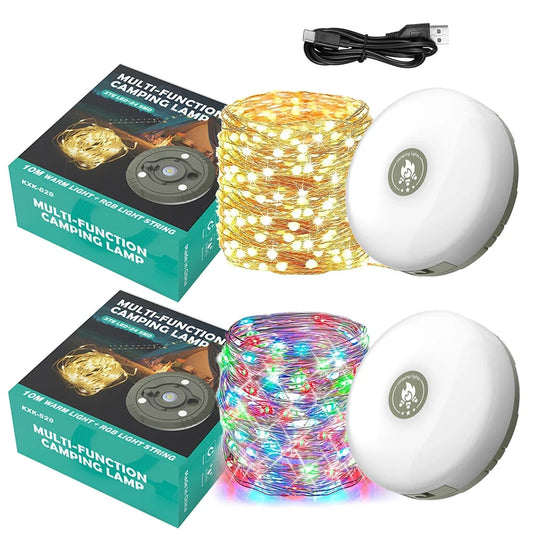

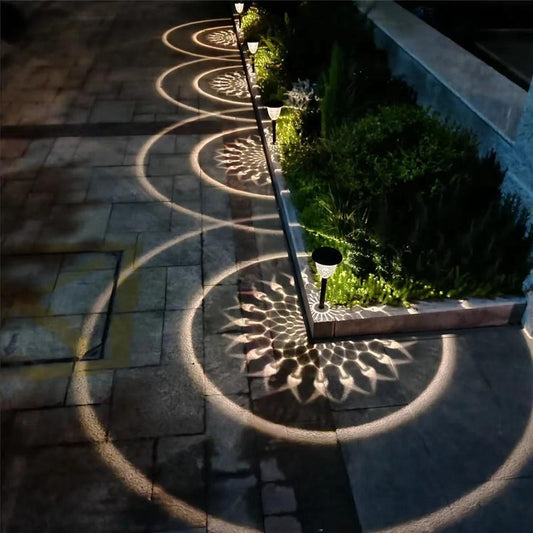

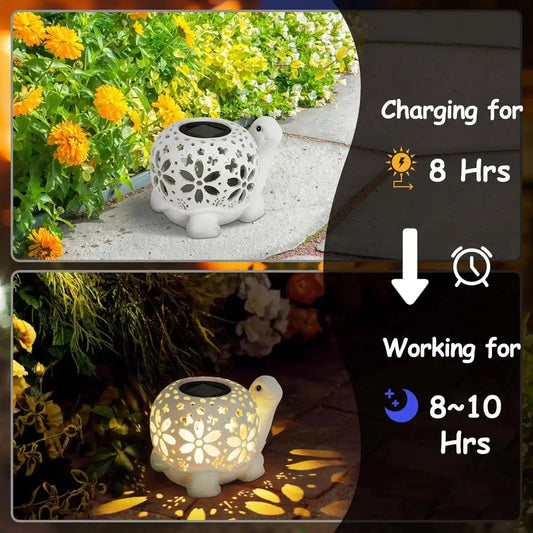

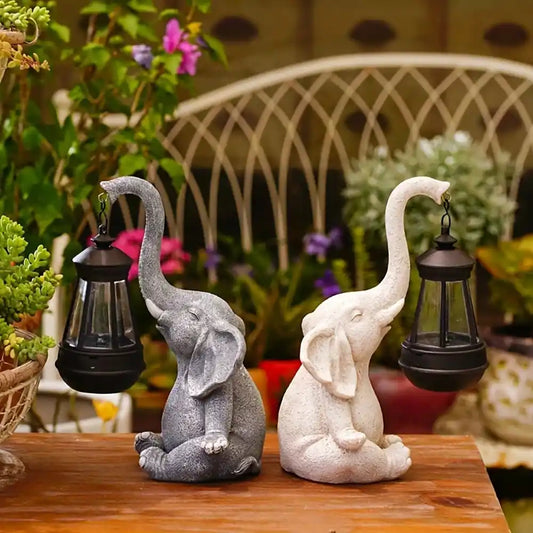

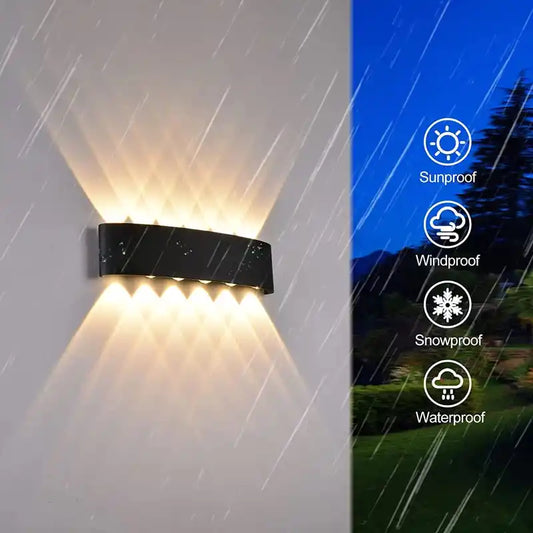

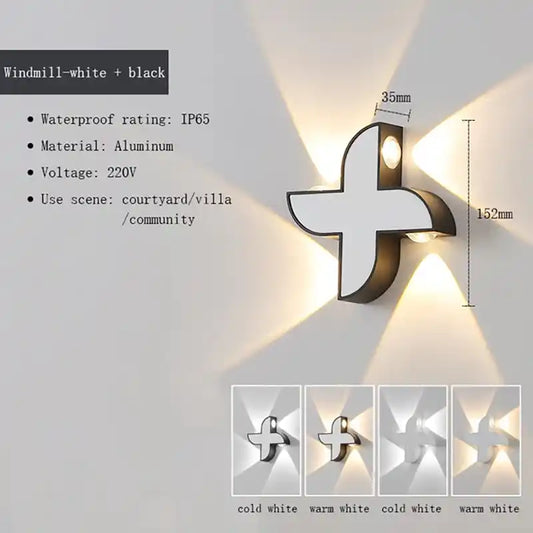

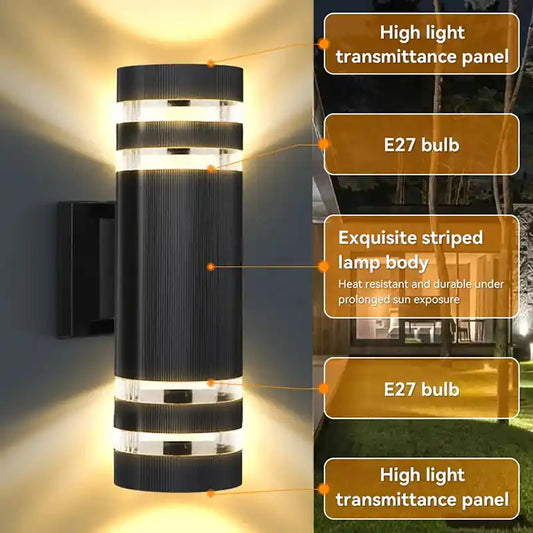

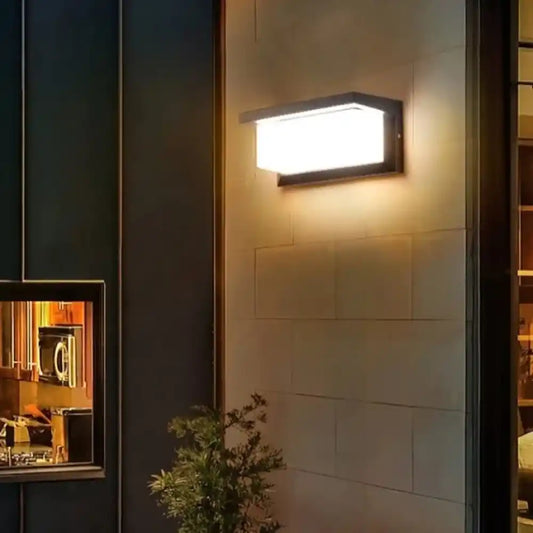



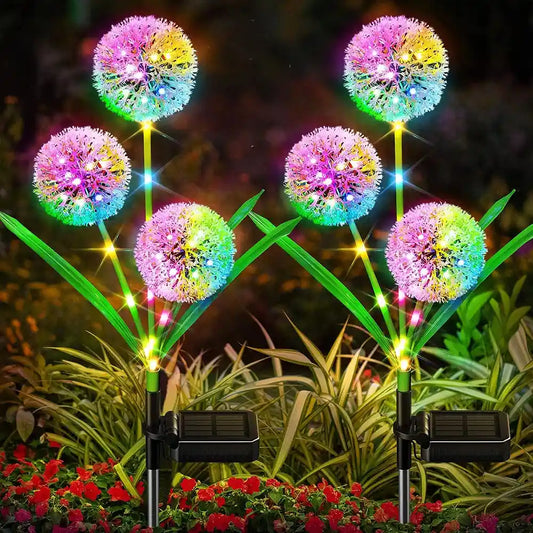



 />
/>
 />
/>
 />
/>
 />
/>
 />
/>
 />
/>